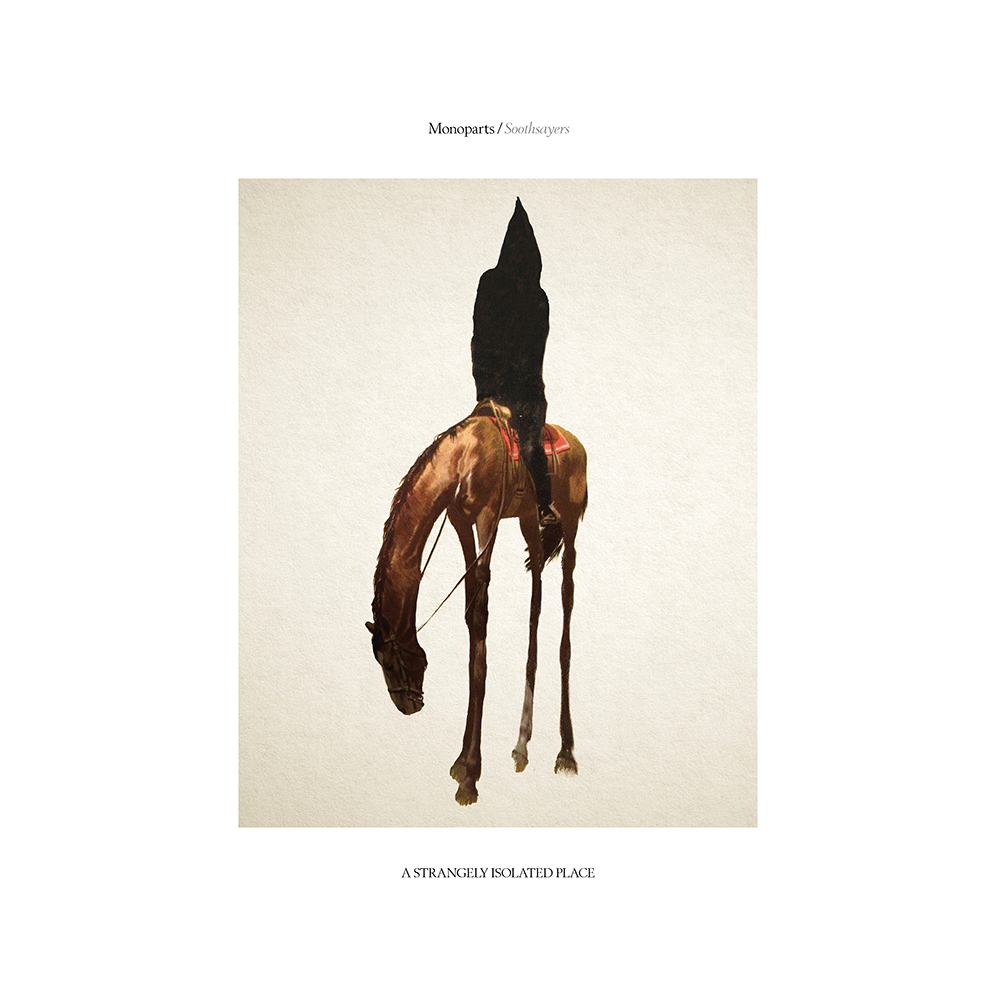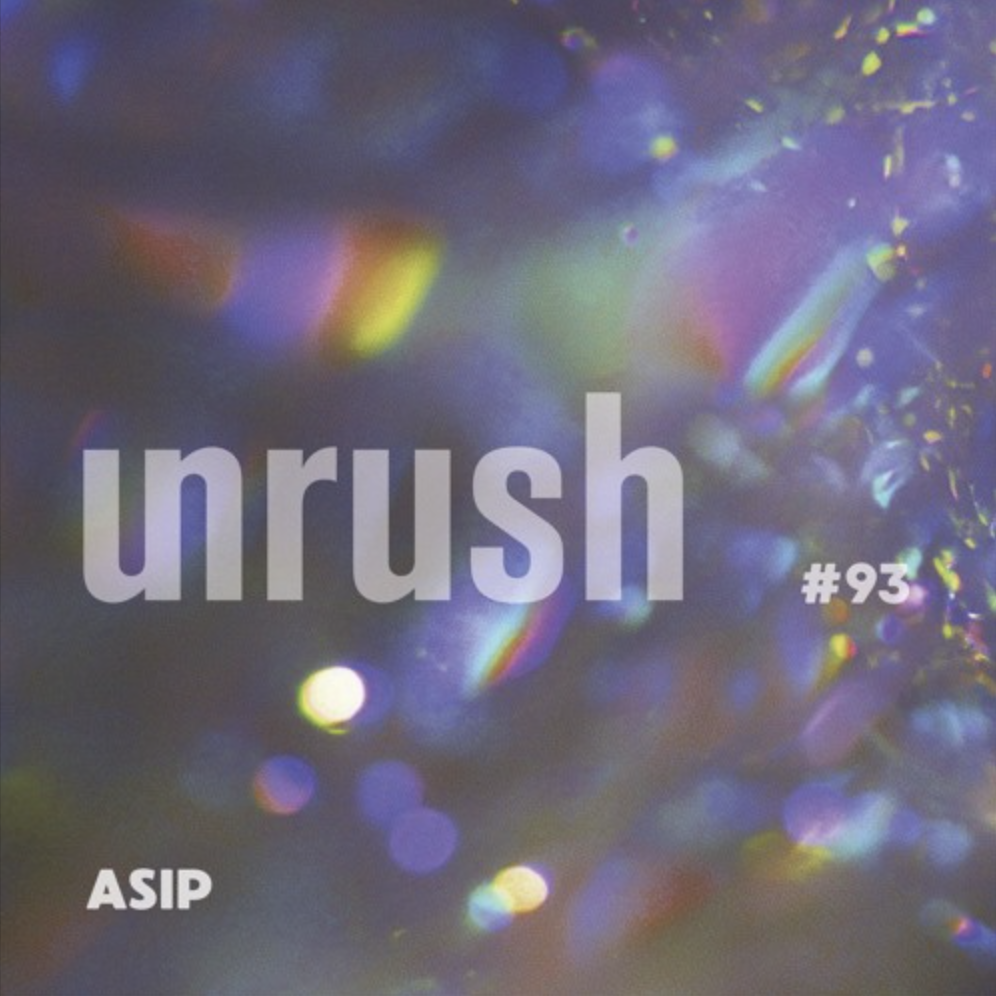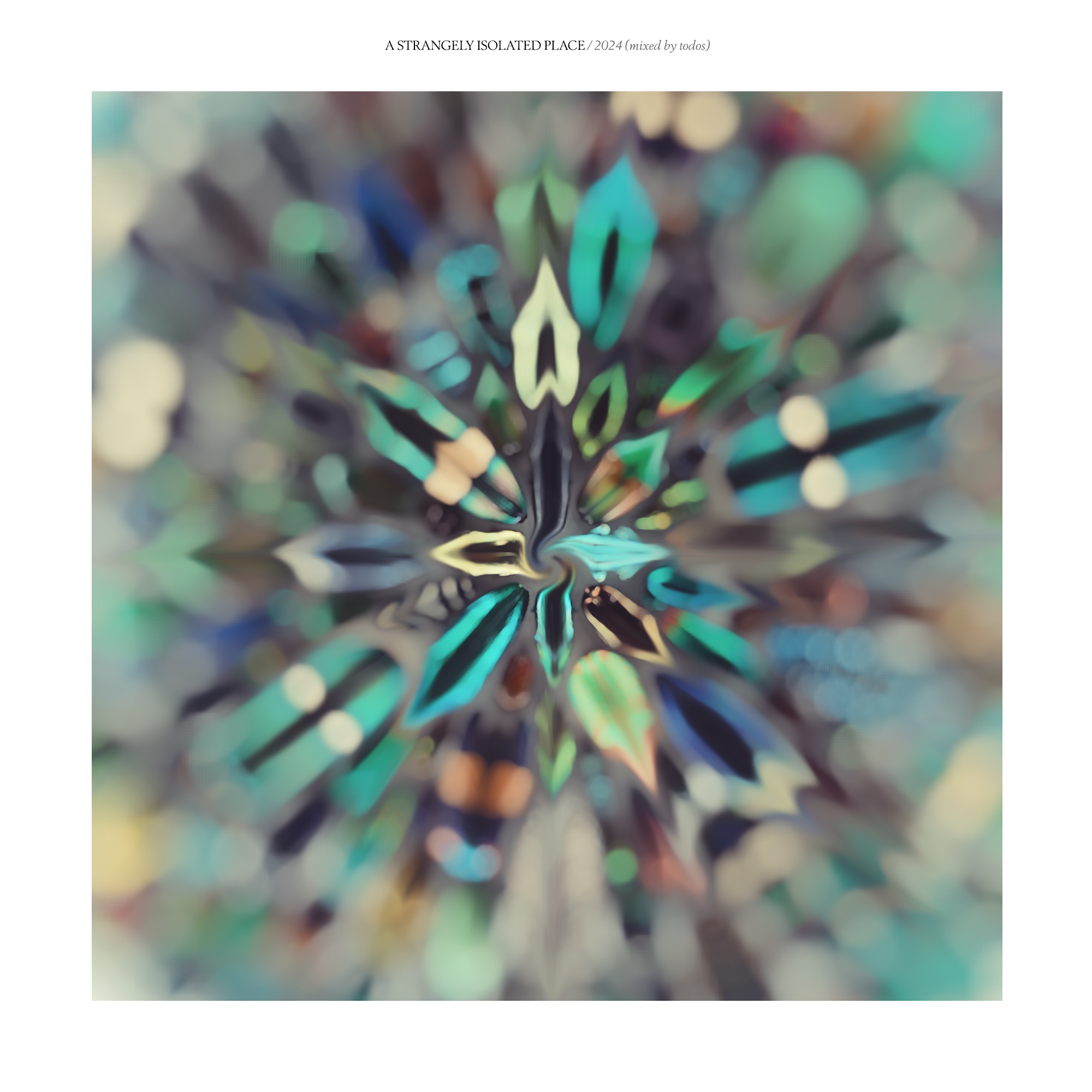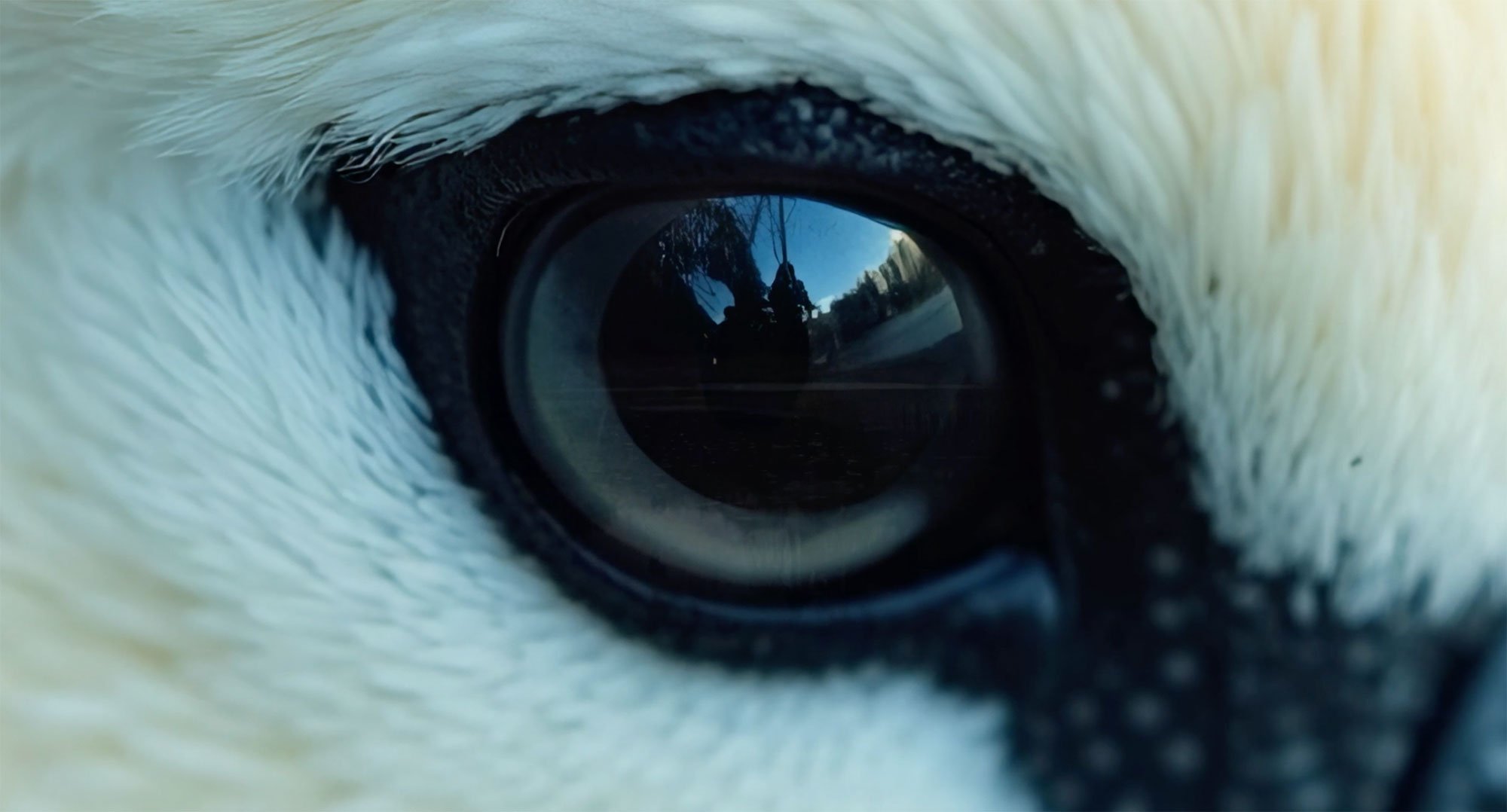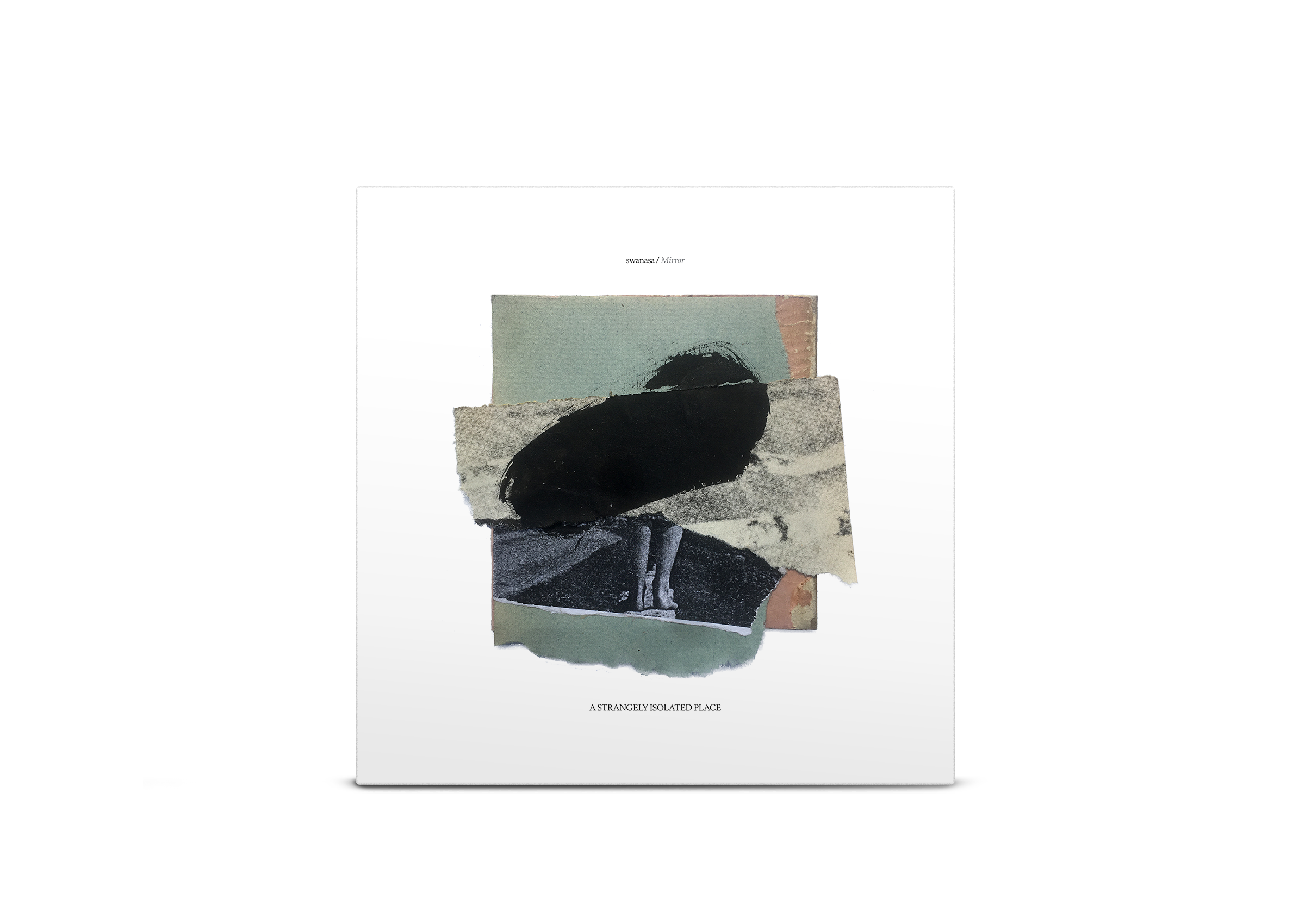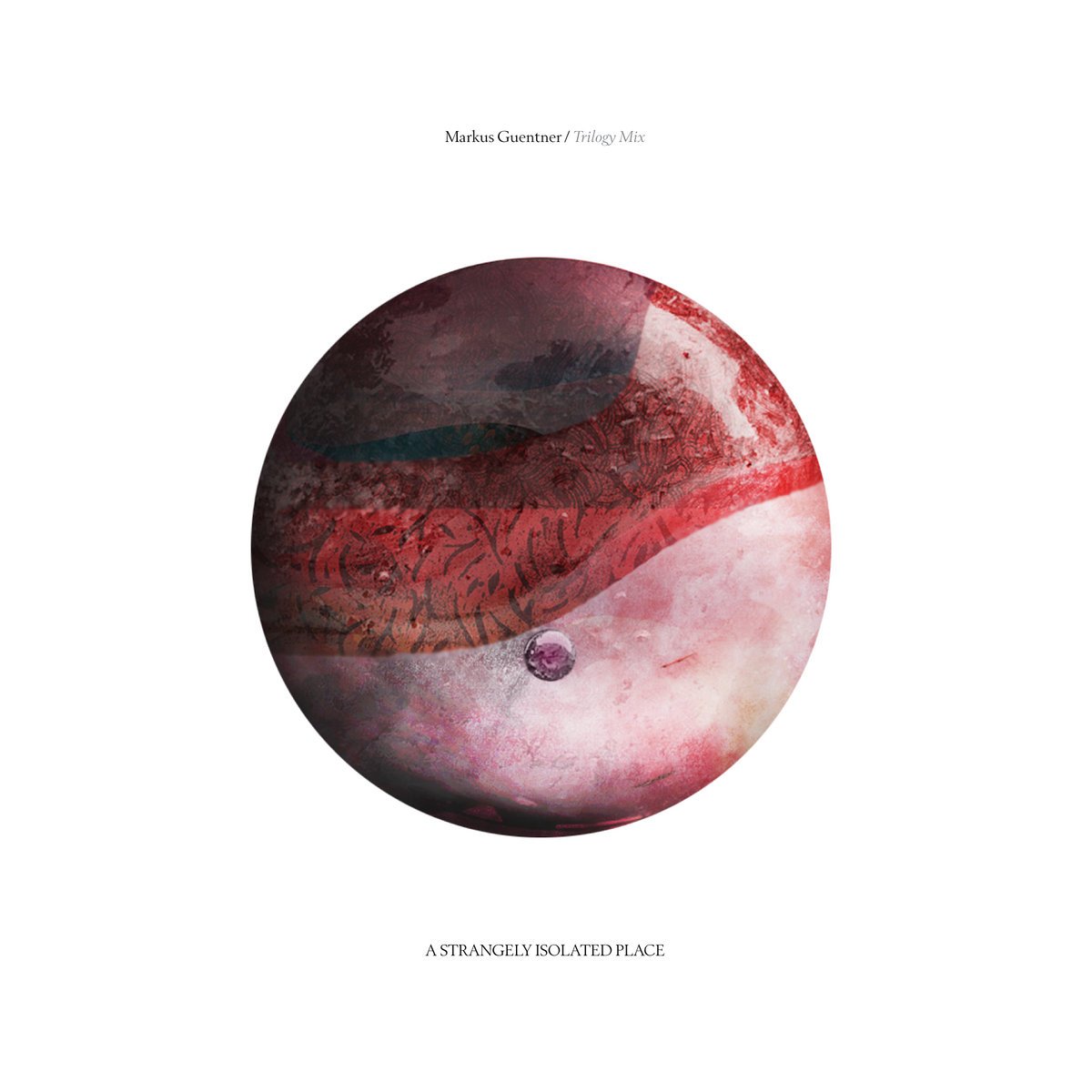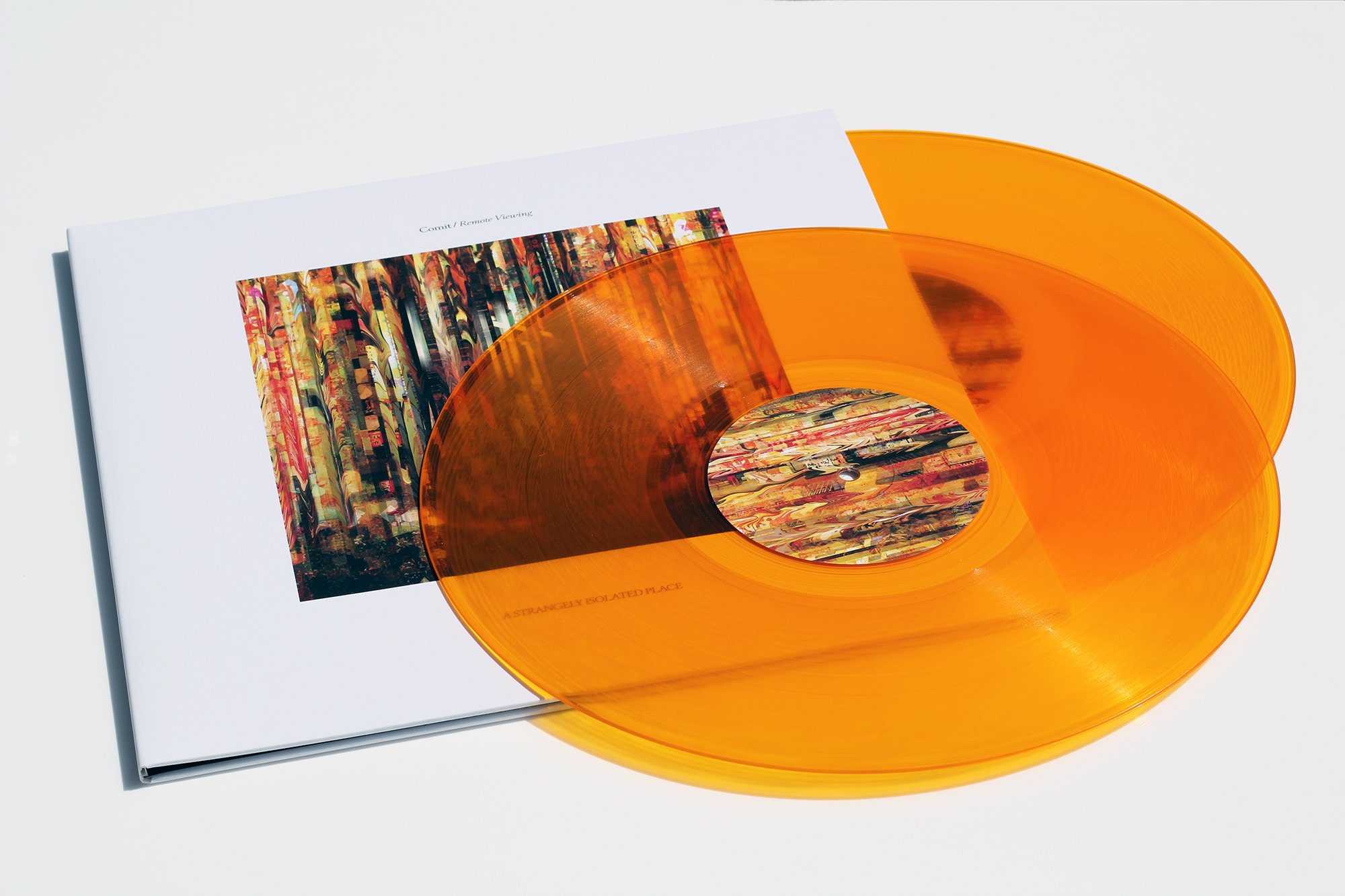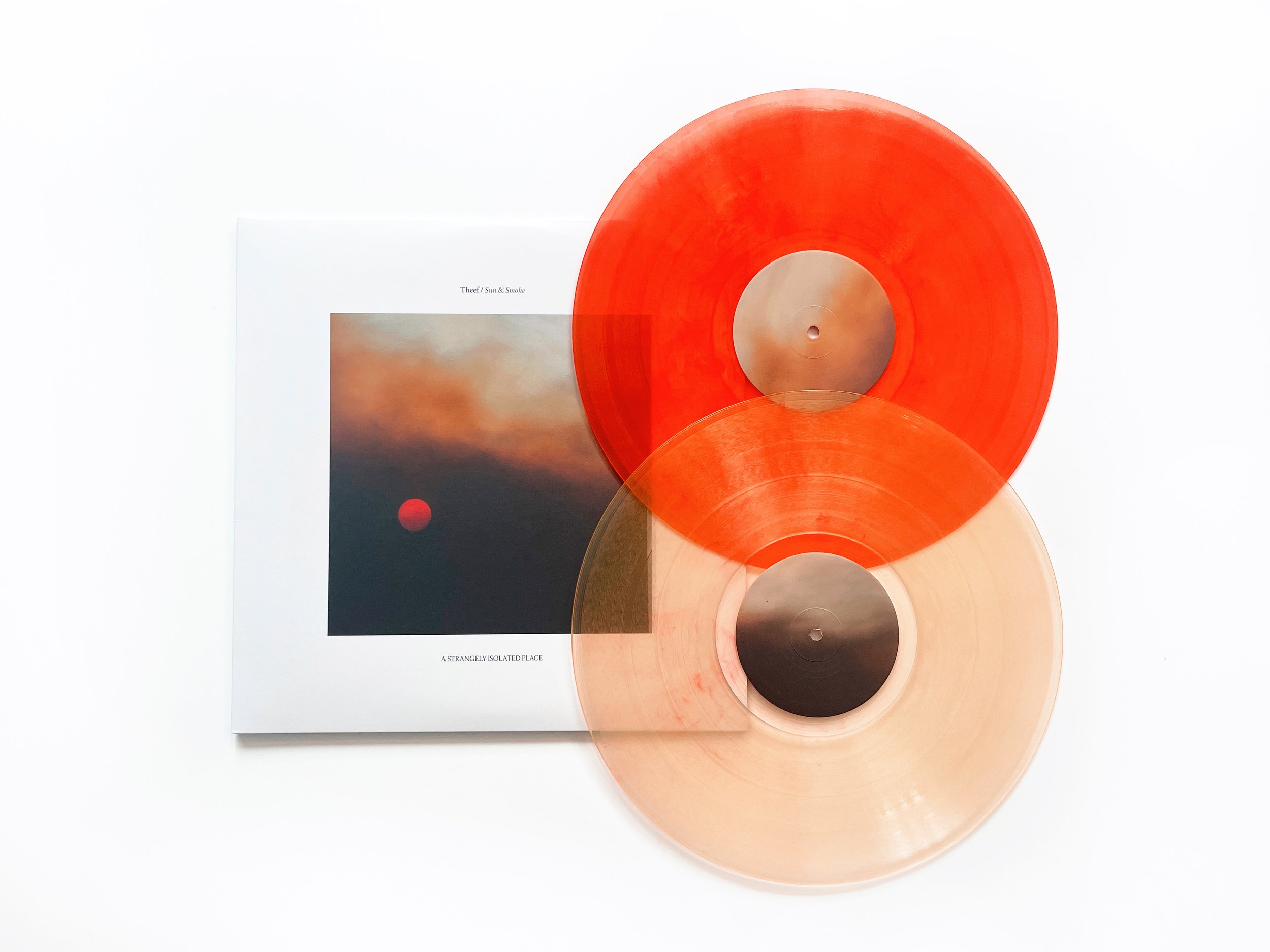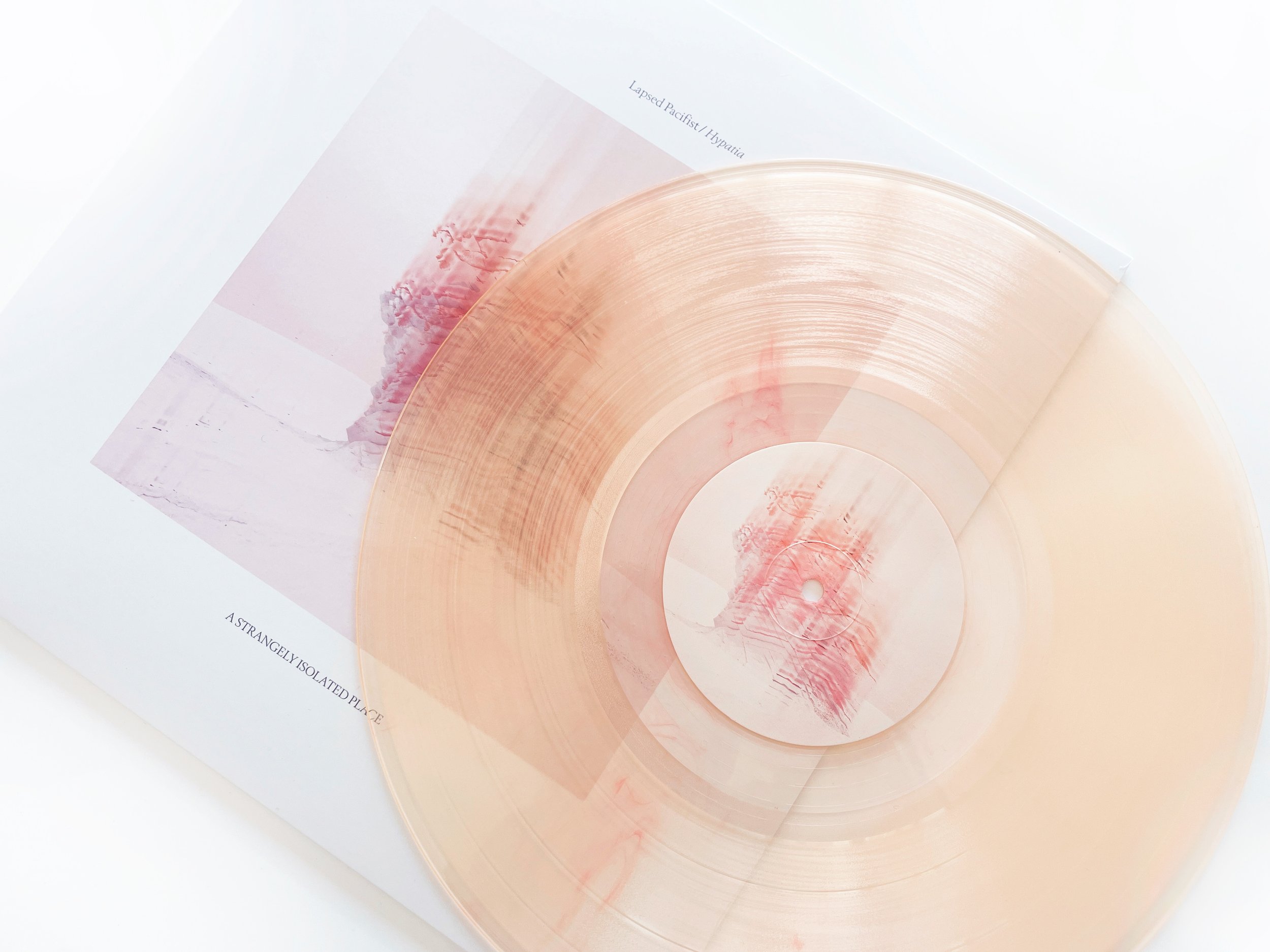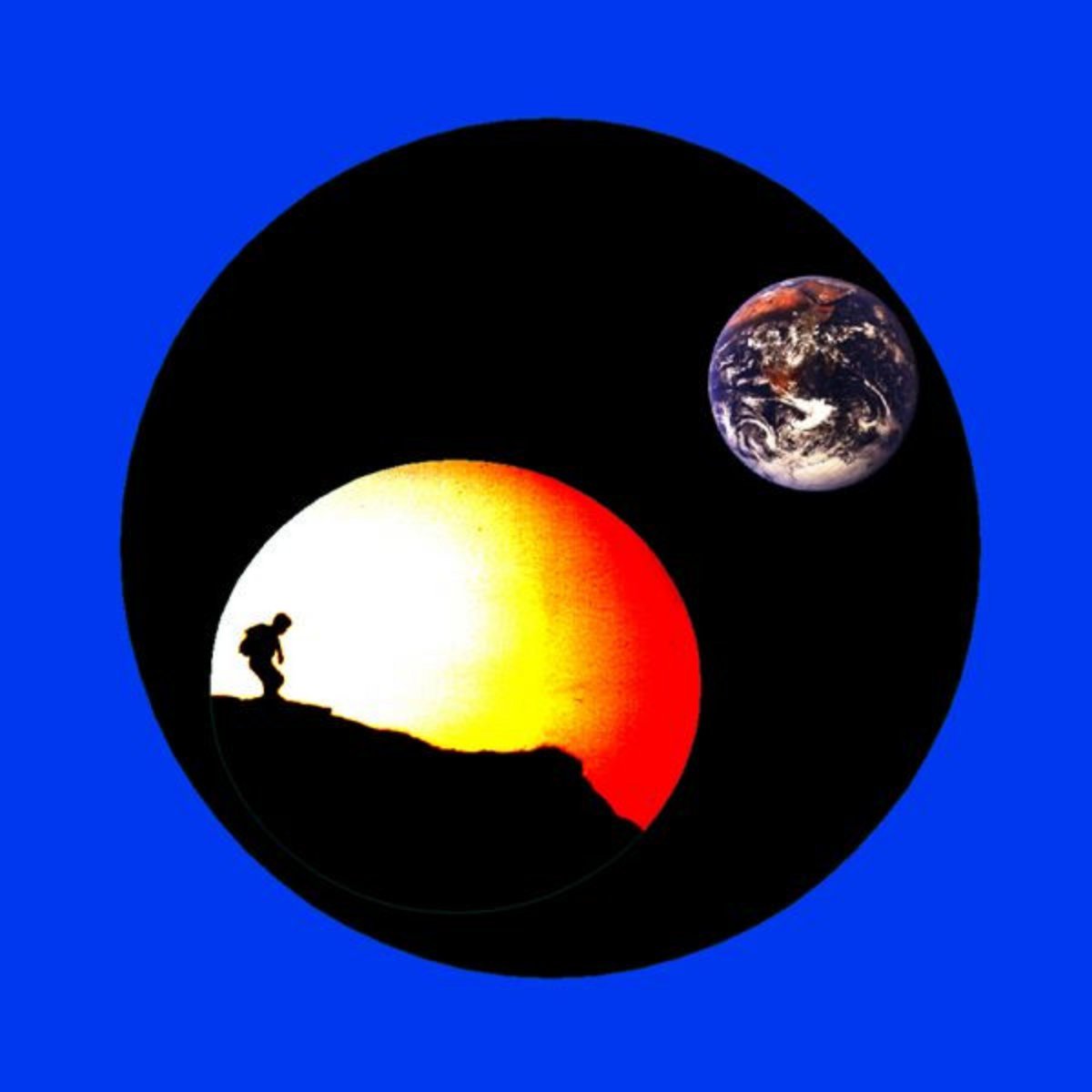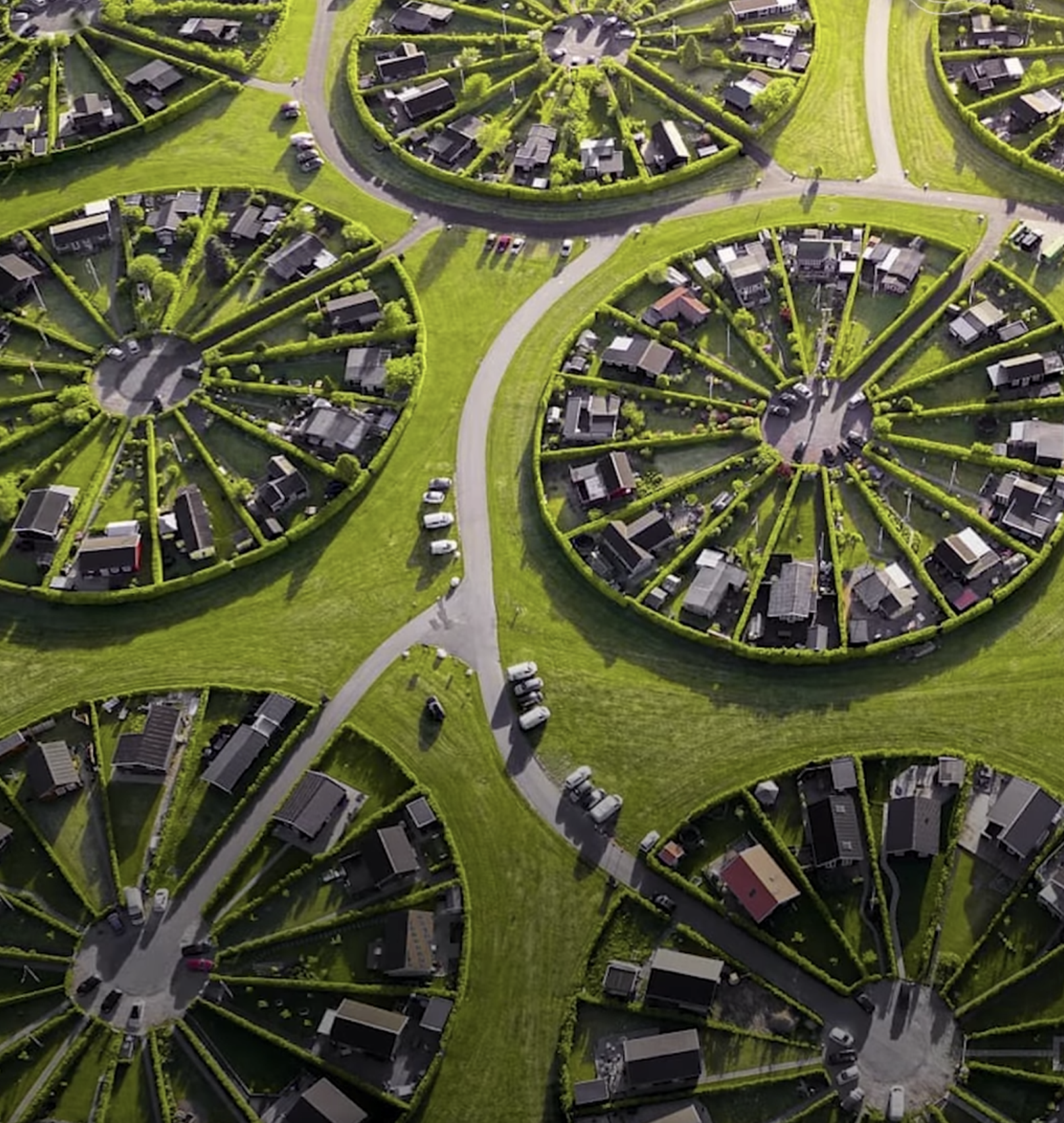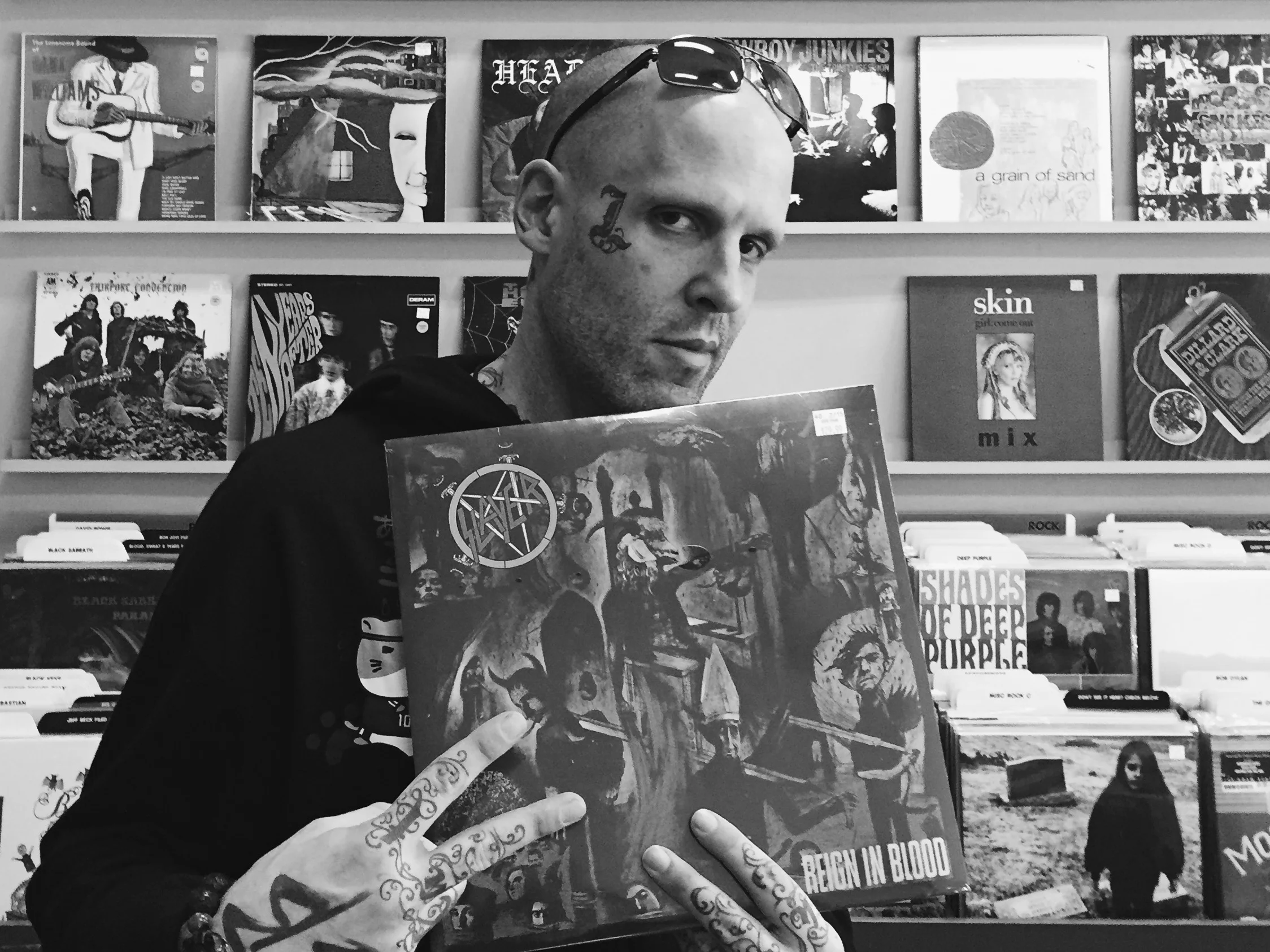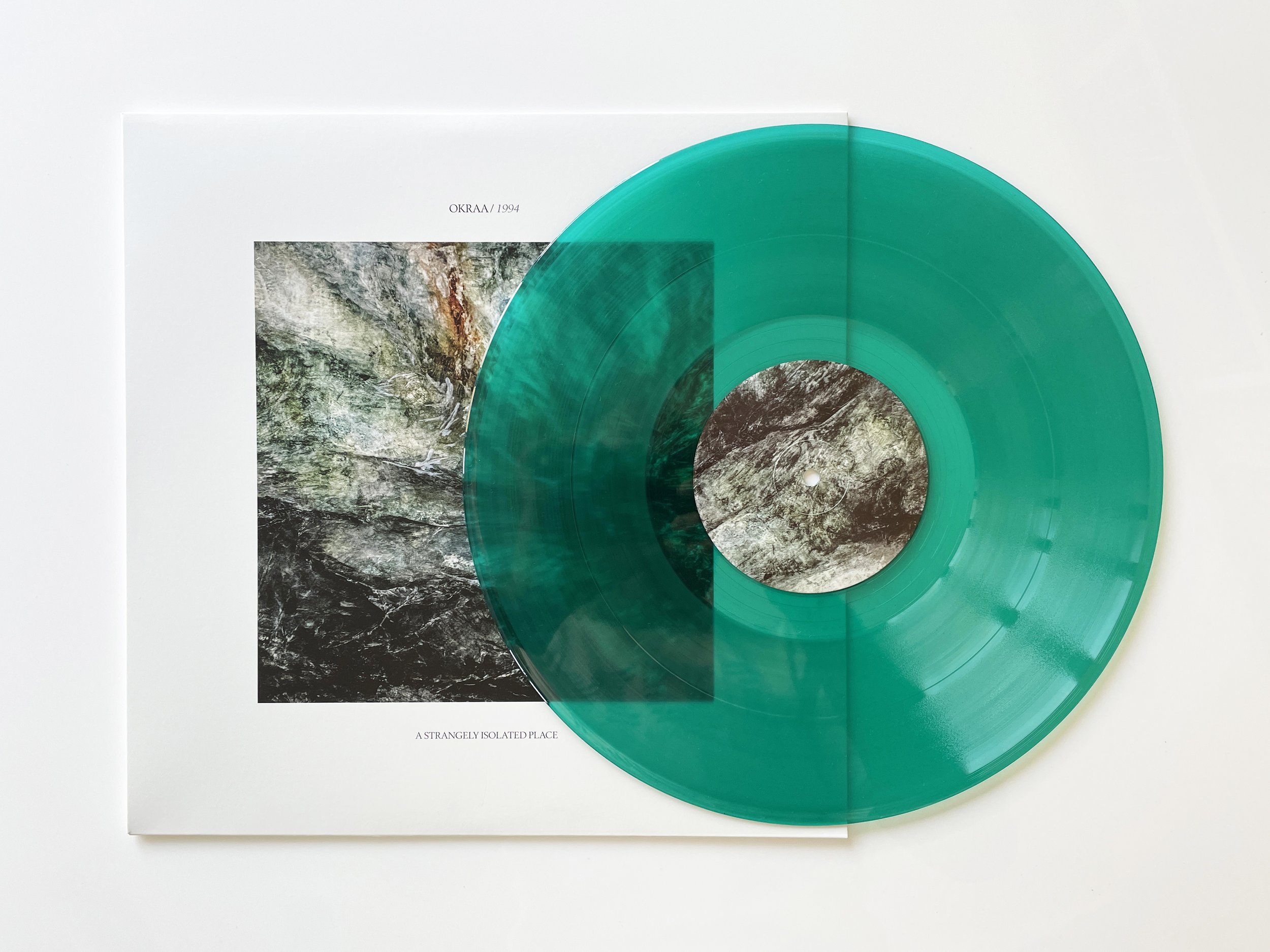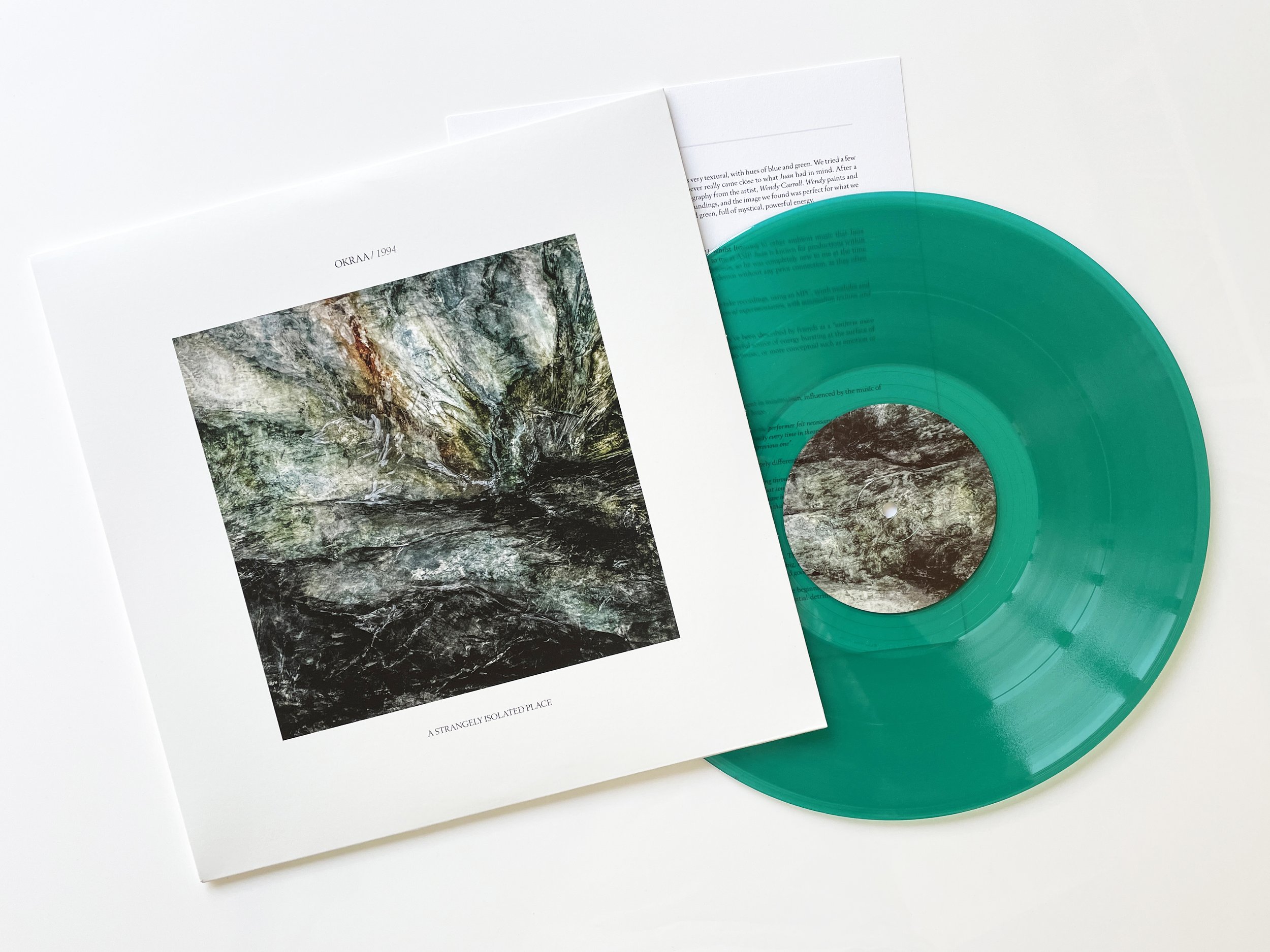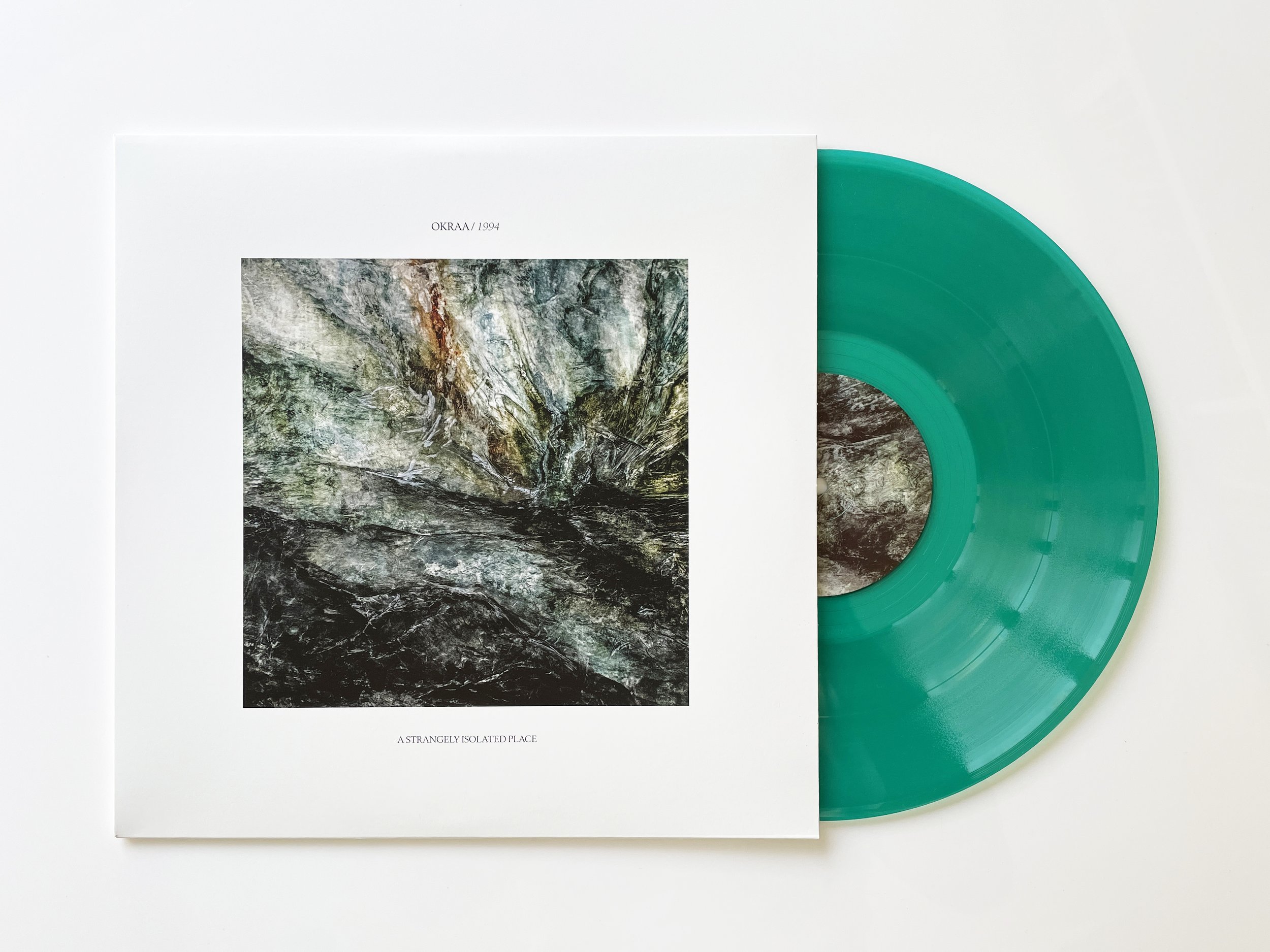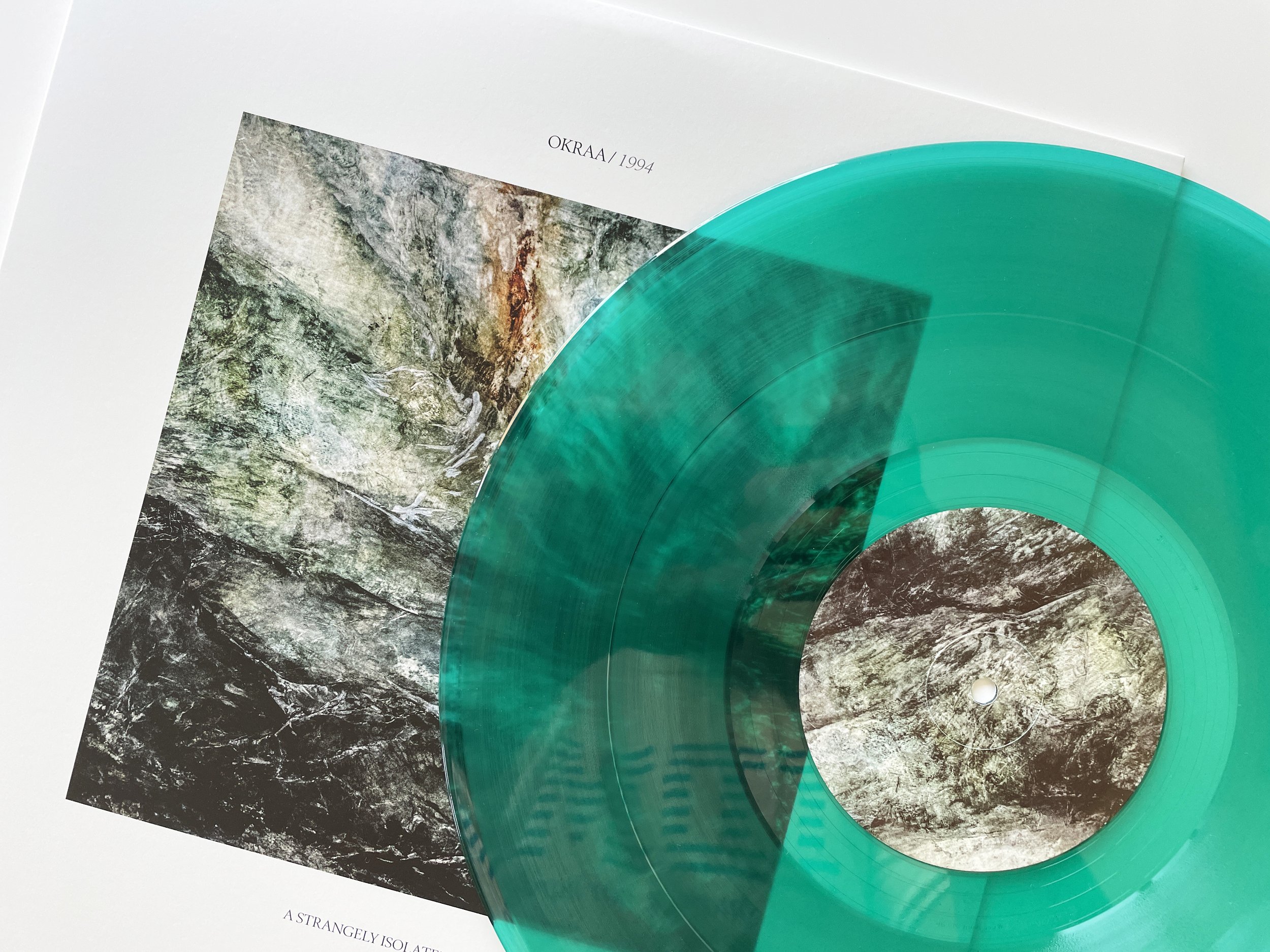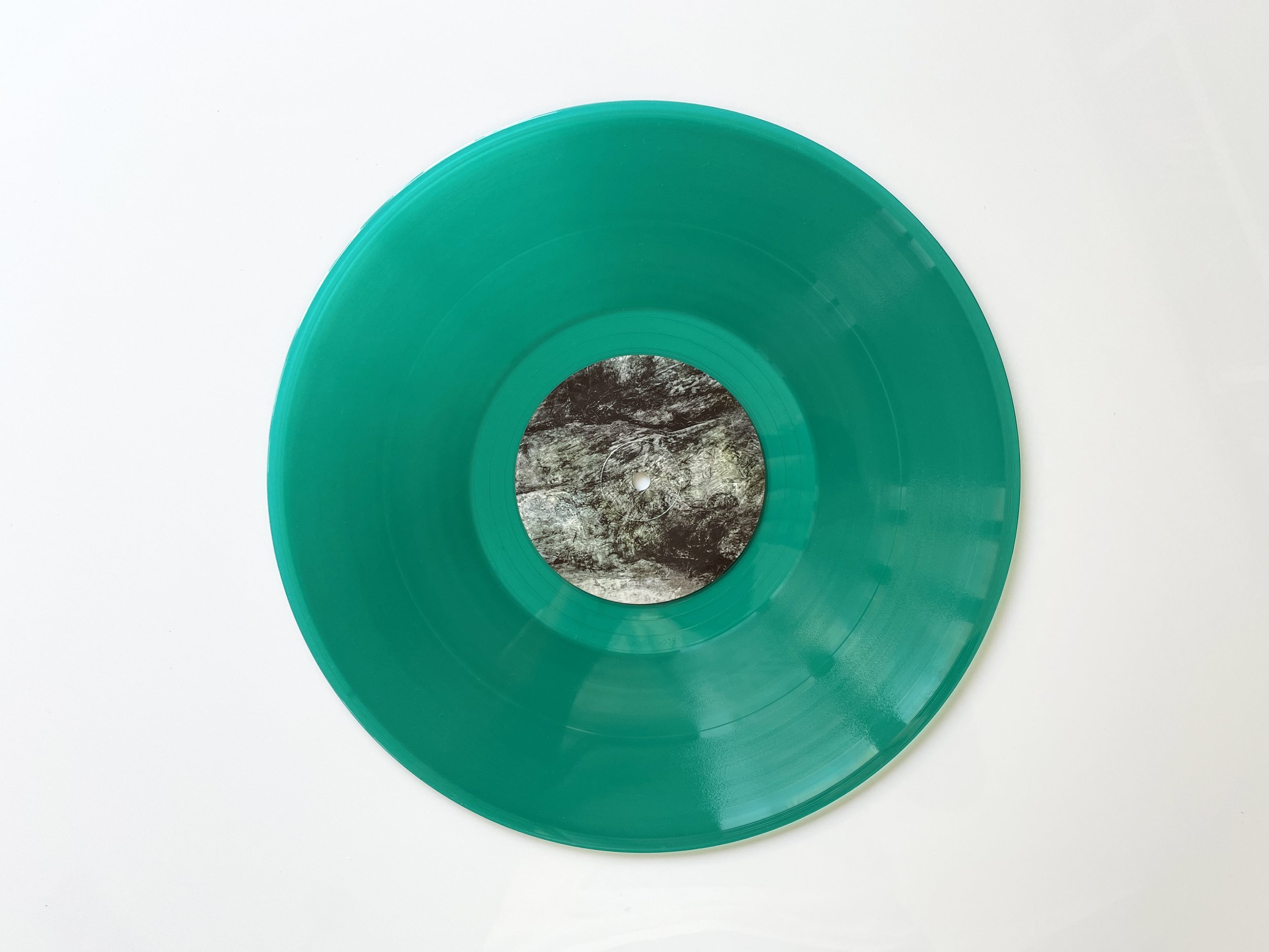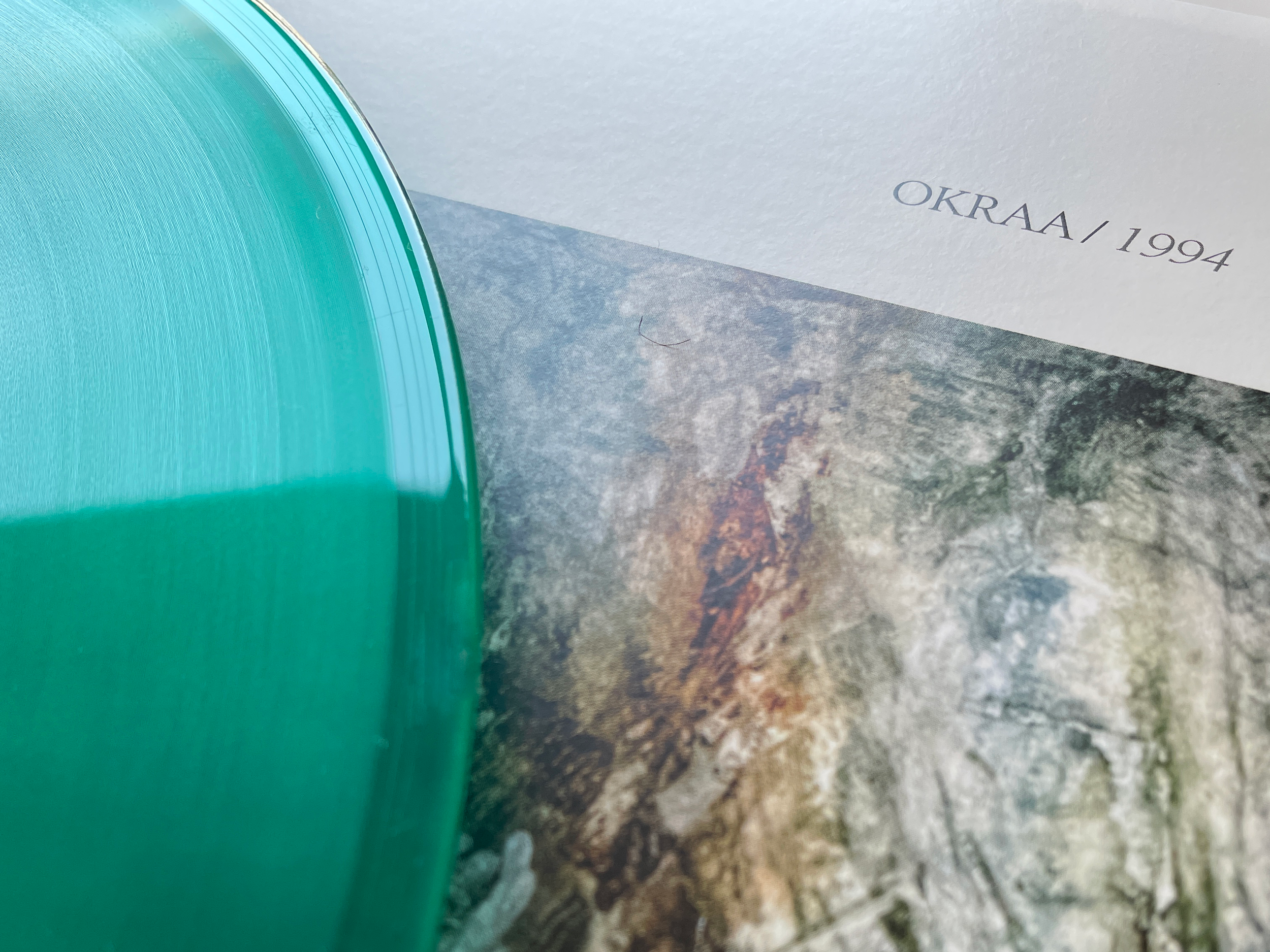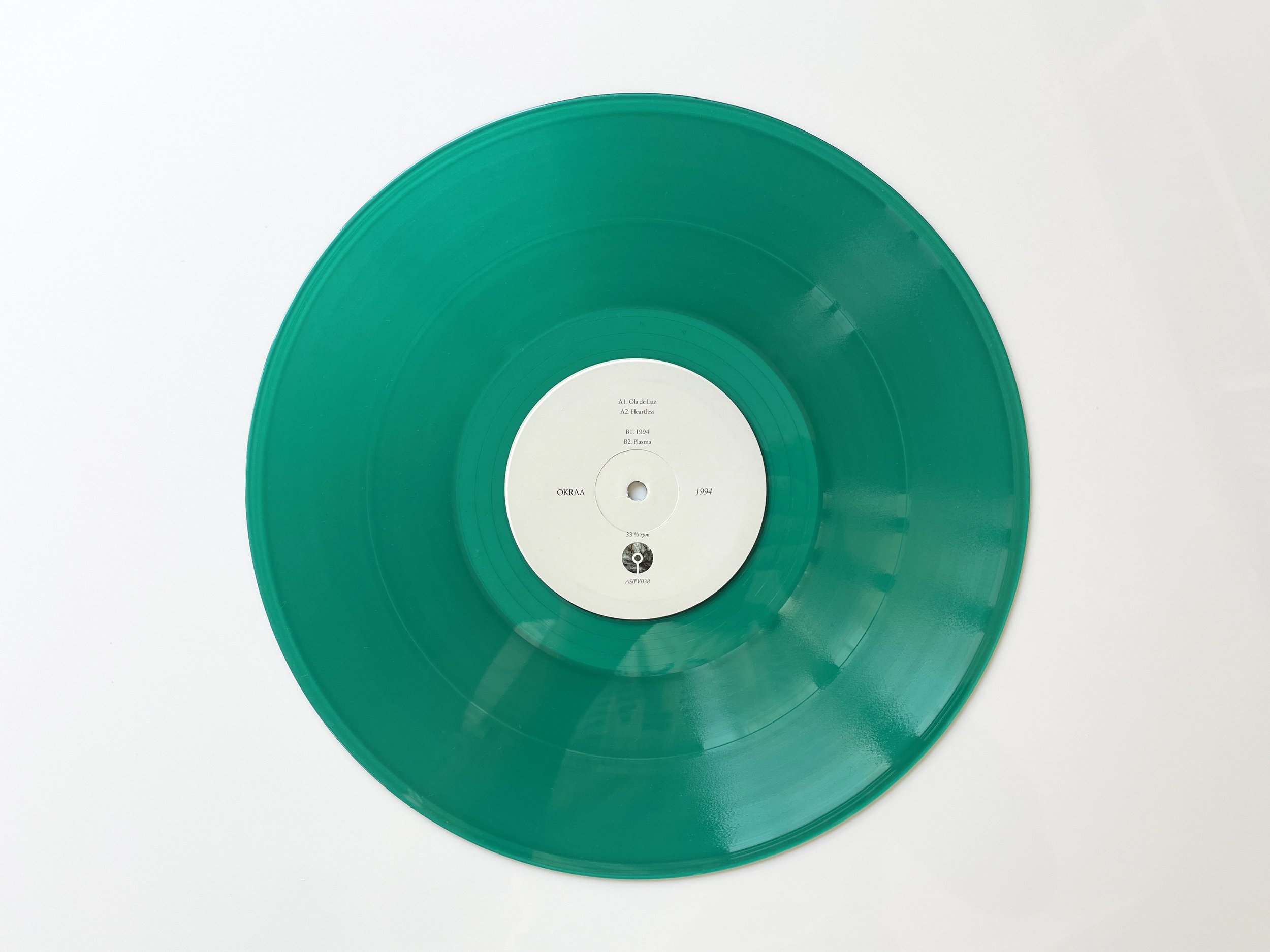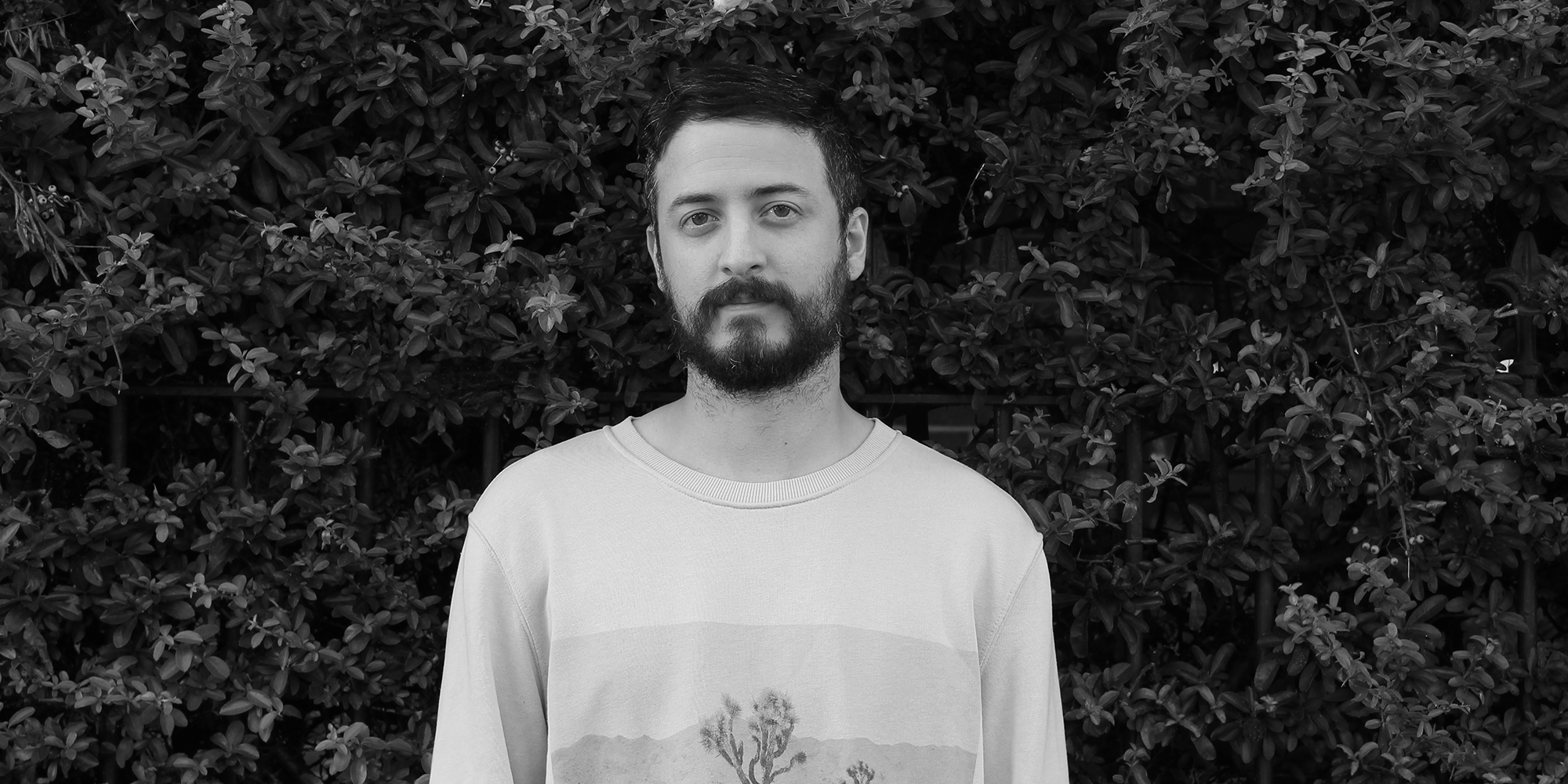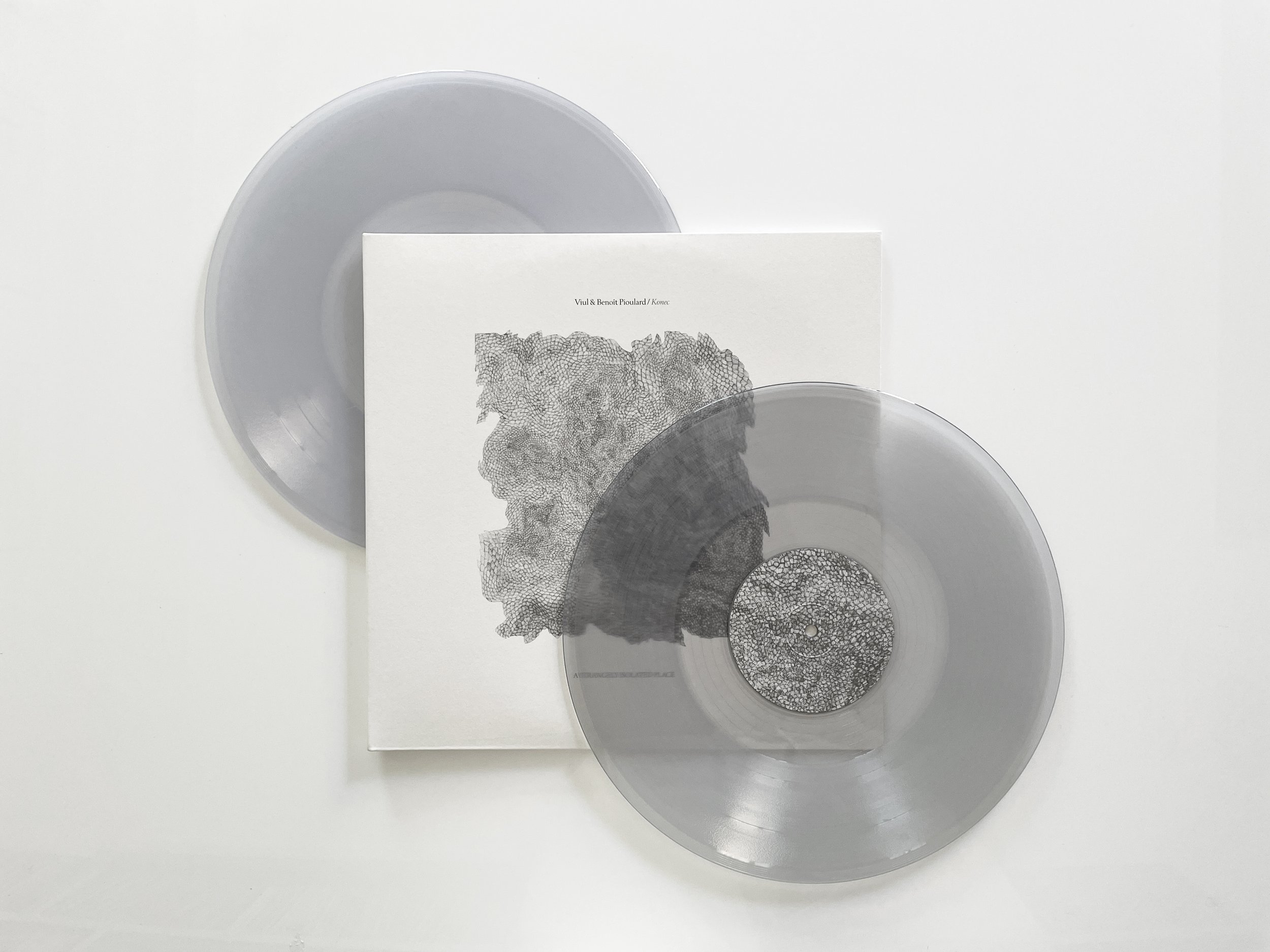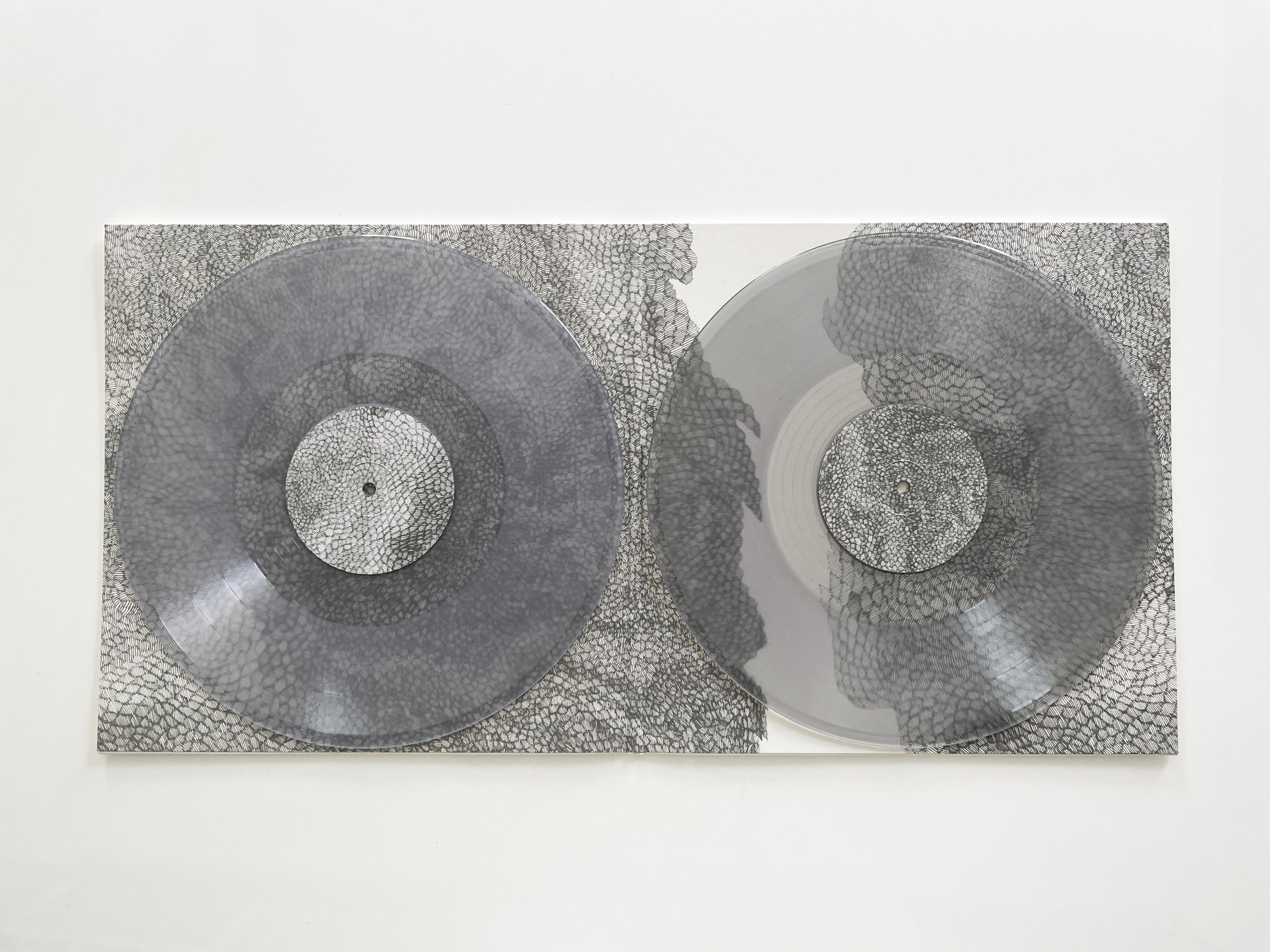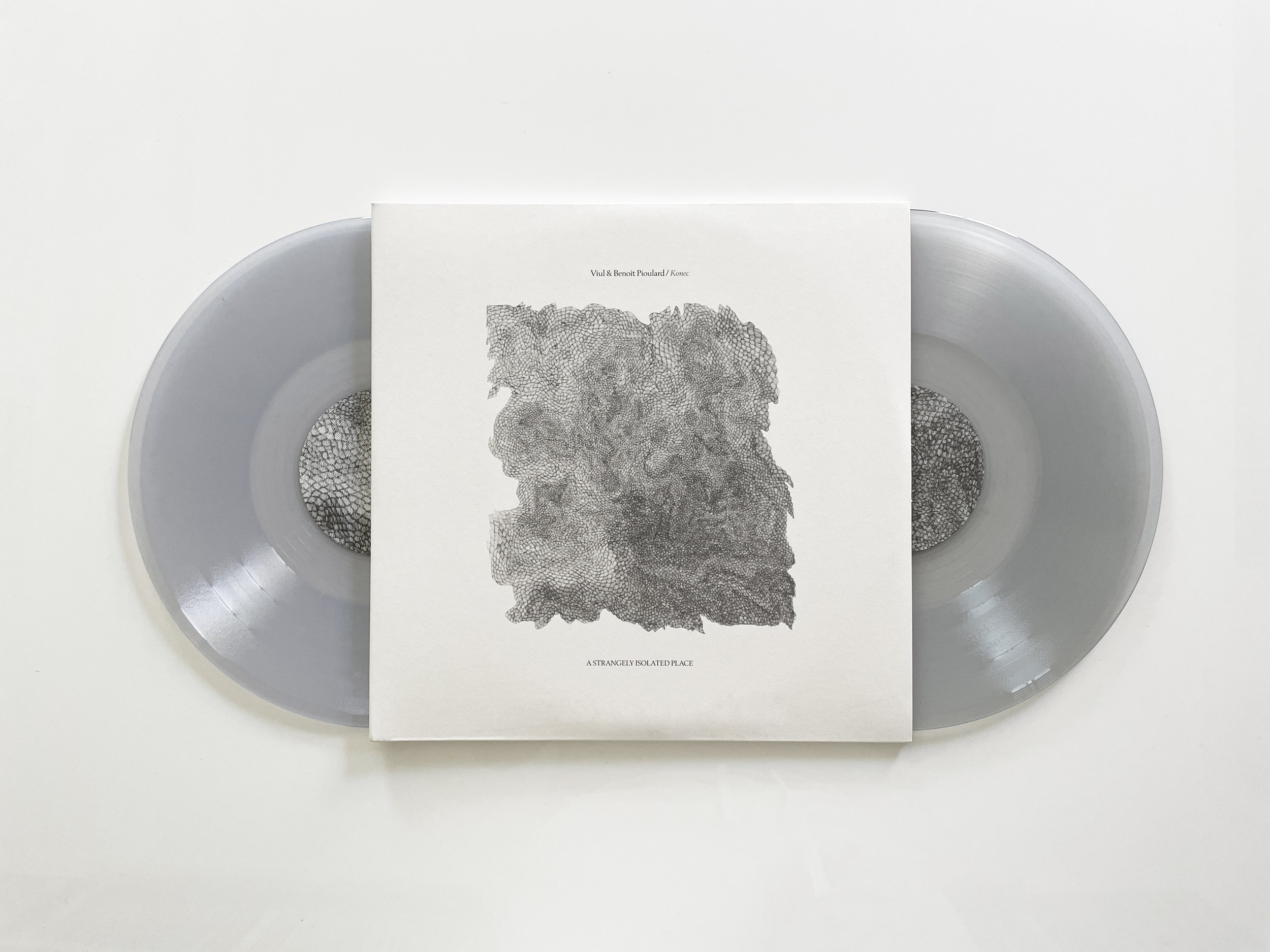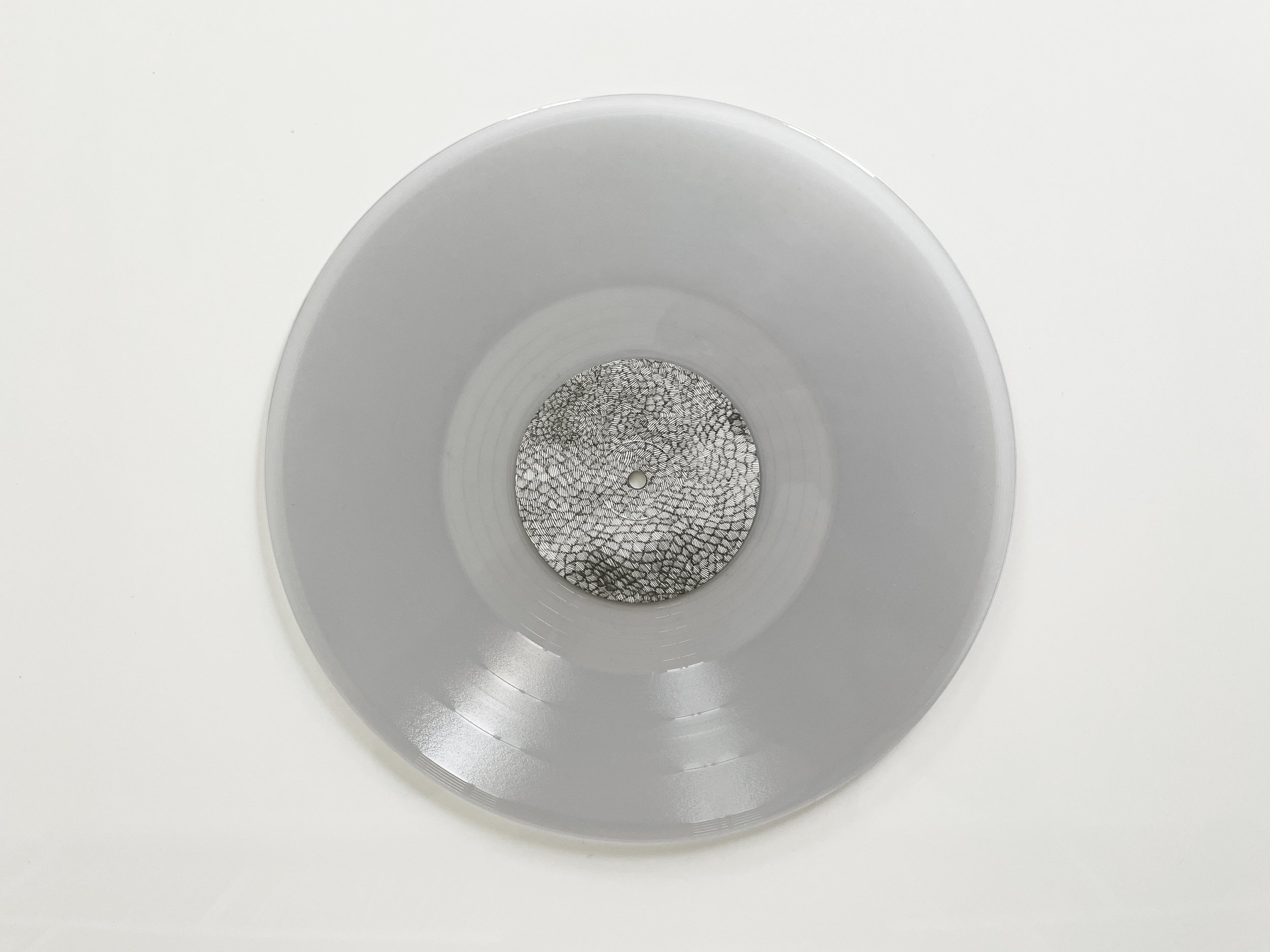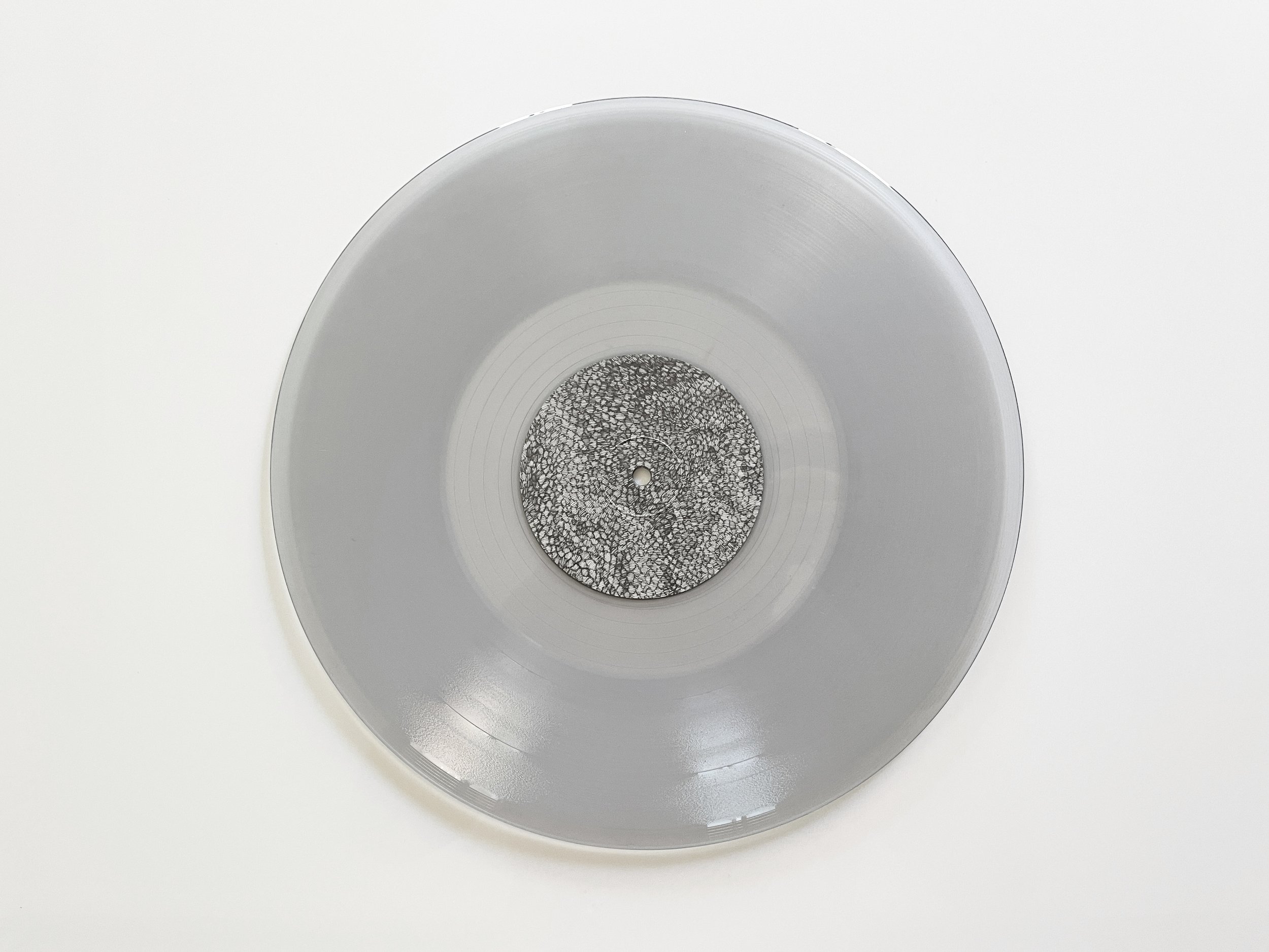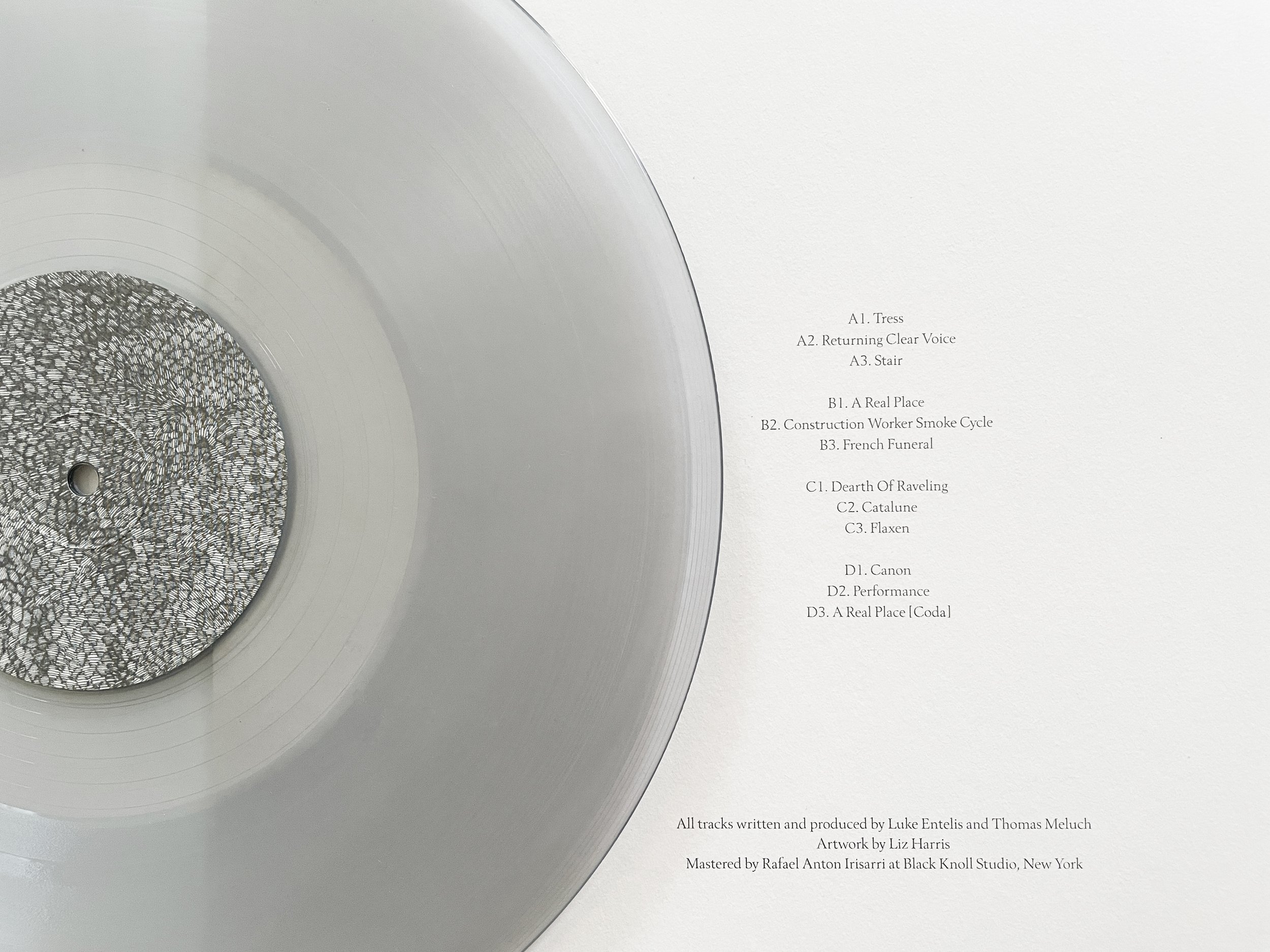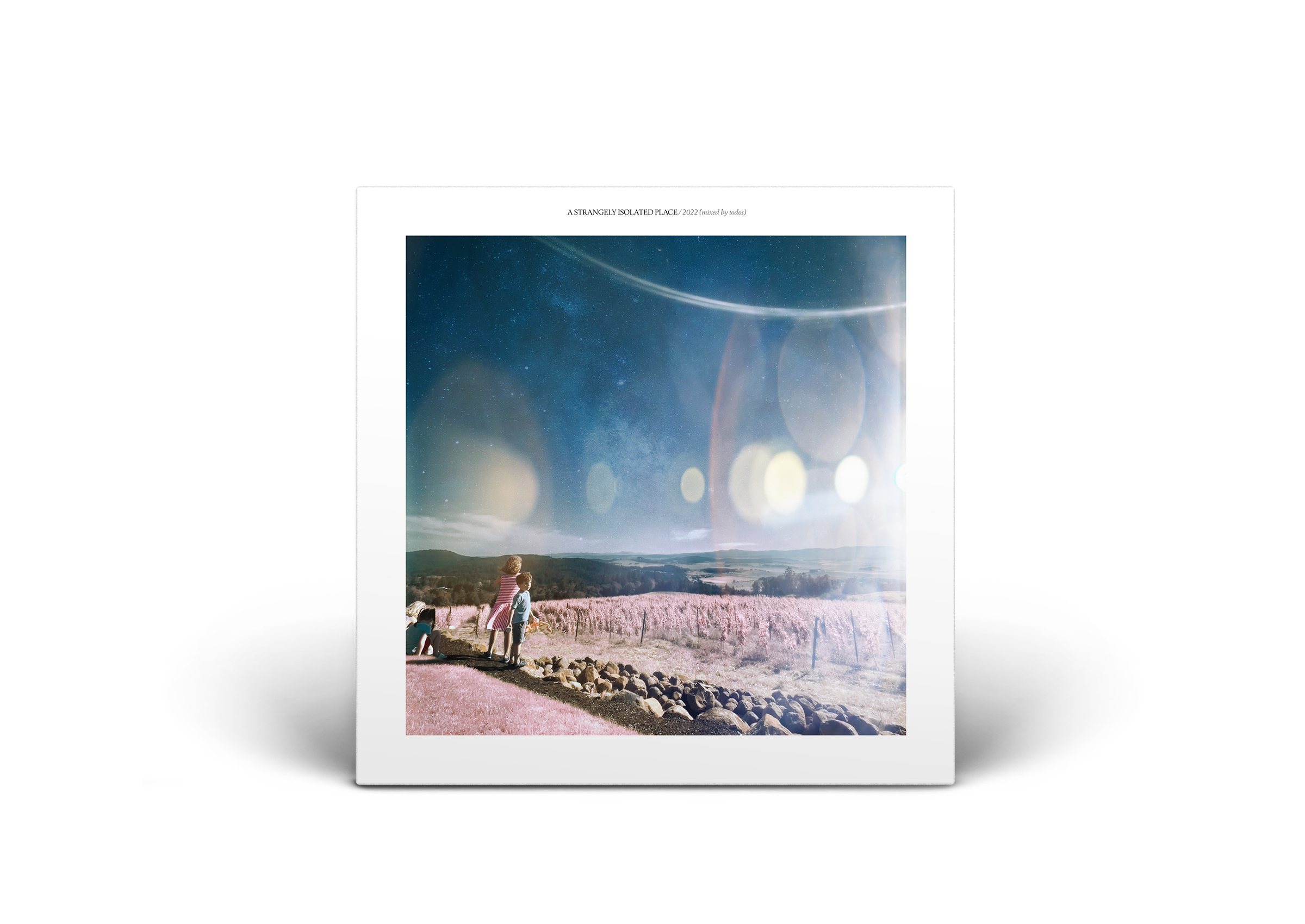
Our annual showcase of individual tracks from ASIP's 2022 label releases and a special continuous DJ mix of this year's music from todos.
After providing 2021's compilation mix, our esteemed journeyman, todos takes the reigns again to interpret this year's label releases. Containing at least one track from each of our releases along with many snippets and samples from others, todos weaves a tapestry that somehow manages to traverse ASIP's potentially most varied year to date.
From the intricate world-building sounds of Gadi Sassoon, Deepchild and Strïe; to the dramatic synthesizers born from Scanner and OKRAA; the granulated textures of Viul & Benoît Pioulard; the delicate keys of ASC; and Illuvia's illustrative DnB footprint; this year's mix seemed impossible to weave together, but todos tied it together in style.
Full todos Continuous Mix tracklist:
01. Gadi Sassoon - ‘Sintetico’ edit /Illuvia - ‘Blue Rays’ edit
02. Deepchild - ‘The Singing Feat. Holly+ / ASC - ‘Third Act’ edit / Scanner -’Nuorp’ edit
03. ASC - ‘Fifth Act’
04. Illuvia - ‘Eagle Vision’ /Gadi Sassoon - ‘Bionico’ edit
05. Deepchild - ‘Dreams Within Dreams’
06. Gadi Sassoon - ‘Sintetico’
07. Strië - Aeroplane Flying’ / Strië - ‘Vogel Wolke’ edit / Deepchild - ‘Now It Is Me Being Breathed The Veil Breaks’ edit
08. Illuvia - Naissance’ / Scanner - ’The Earthbound Fox’ edit
09. OKRAA - ‘Heartless’
10. Viul & Benoît Pioulard - ‘Performance’
11. ASC - ‘Third Act’ / Gadi Sassoon - ‘Collision Suite’ edit
12. Gadi Sassoon - ‘Life On A Tidally Locked Planet’ / Illuvia - ‘Sea Of Vapour’ edit
13. Illuvia - ‘Chiara Springs’
~
Listen to all of these releases and find out more on our releases page.
todos on Soundcloud
